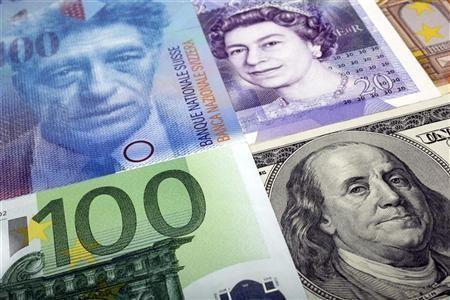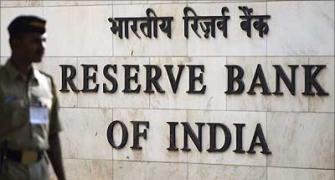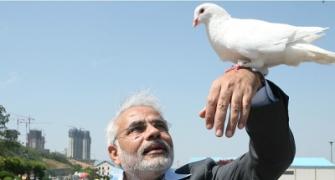Drawn by lower interest rates in the global market, Indian companies are increasingly borrowing by way of external commercial borrowing (ECB).
 Latest data from the Reserve Bank of India (RBI) show in November, firms raised $3,484 million through this route, 36 per cent more than in the previous month and 60 per cent higher than in the year-ago period.
Latest data from the Reserve Bank of India (RBI) show in November, firms raised $3,484 million through this route, 36 per cent more than in the previous month and 60 per cent higher than in the year-ago period.
For the fortnight ended November 28, growth in bank credit stood at 11.3 per cent year-on-year.
With RBI maintaining status quo on rates, the base rate, or the minimum rate at which banks lend to companies, continues to be high.
“Last year, tightening was expected by the US Federal Reserve, due to which companies were slightly cautious. At that time, spreads had also widened.
Due to volatility of the rupee against the dollar last year, hedging costs had increased.
But now, these companies have resumed fund-raising due to interest rate differentials, compression of spreads and the affordability of hedging costs,” said Ajay Manglunia, senior vice-president (fixed income), Edelweiss Securities.
After a two-day policy meeting last week, the Fed had said it would be “patient” in its approach to raising the benchmark lending rate from.
In such a scenario, Indian companies might continue to tap the global market for raising funds.
“If companies from various sectors are raising ECB, it is likely investments have started reviving."
"Everywhere, the raising of interest rates is being postponed because of significant easing of global crude oil prices. In the US, inflation might not pick up that fast. The markets are expecting US rate increases by mid-2015, but it might be postponed,” said Rupa Rege Nitsure, chief economist and general manager, Bank of Baroda.
The repo rate, or the rate at which banks borrow from the central bank, was increased by 25 basis points to eight per cent in January this year.
Since then, it has remained unchanged. At the central bank’s fifth bi-monthly monetary policy review earlier this month, Governor Raghuram Rajan said a change in the monetary policy stance was likely early next year, provided the picture on the inflation and fiscal health fronts continued to improve.










